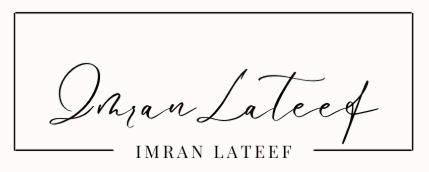Installing drywall, also known as plasterboard or wallboard, involves hanging sheets of drywall on a wall or ceiling, and then taping and finishing the seams between the sheets to create a smooth surface. Here are the steps for installing drywall:
- Measure and mark the placement of the drywall sheets on the wall or ceiling using a tape measure and pencil.
- Cut the drywall sheets to size using a drywall saw or utility knife.
- Install the drywall onto the wall or ceiling using drywall screws or nails.
- Cover the seams between the drywall sheets with drywall tape.
- Apply a layer of joint compound over the tape and seams using a drywall trowel or putty knife.
- Sand the joint compound smooth using a sanding block or pole sander.
- Repeat steps 5 and 6 as needed until the seams are smooth and the surface is even.
- Prime and paint the drywall as desired.
Different kinds of Drywalls:
There are several types of drywall available, each with their own specific characteristics and uses. Here are a few common types of drywall:
- Regular drywall: Regular drywall is the most common type of drywall and is suitable for most interior walls and ceilings. It is available in thicknesses ranging from 1/4 inch to 5/8 inch and comes in standard 4 foot by 8 foot sheets.
- Fire-resistant drywall: Fire-resistant drywall is made with special additives that help it resist the spread of fire. It is often required in commercial buildings and in areas such as kitchens, laundry rooms, and garages.
- Moisture-resistant drywall: Moisture-resistant drywall is made with a special coating that helps it resist the absorption of moisture. It is often used in bathrooms, laundry rooms, and other areas prone to moisture.
- Soundproof drywall: Soundproof drywall is made with special materials that help reduce sound transmission between rooms. It is often used in apartments, condos, and other multi-family dwellings to increase privacy and reduce noise.
- Impact-resistant drywall: Impact-resistant drywall is made with a special core material that helps it resist damage from impact. It is often used in areas such as hallways and high-traffic areas where walls may be prone to damage.
Which type of drywall is best for your project will depend on the specific needs of your space and the requirements of your local building codes. It’s a good idea to consult with a professional drywall contractor to determine the best type of drywall for your project.
To install drywall, you will need the following tools:
- Tape measure
- Pencil
- Drywall saw or utility knife
- Screw gun or nail gun
- Drywall screws or nails
- Drywall tape
- Joint compound
- Drywall trowel or putty knife
- Sanding block or pole sander
- Primer and paint (optional)
It’s a good idea to have a helper when installing drywall, as the sheets can be heavy and awkward to handle. If you are not comfortable with the installation process, it is recommended to hire a professional drywall contractor to install the drywall for you.




